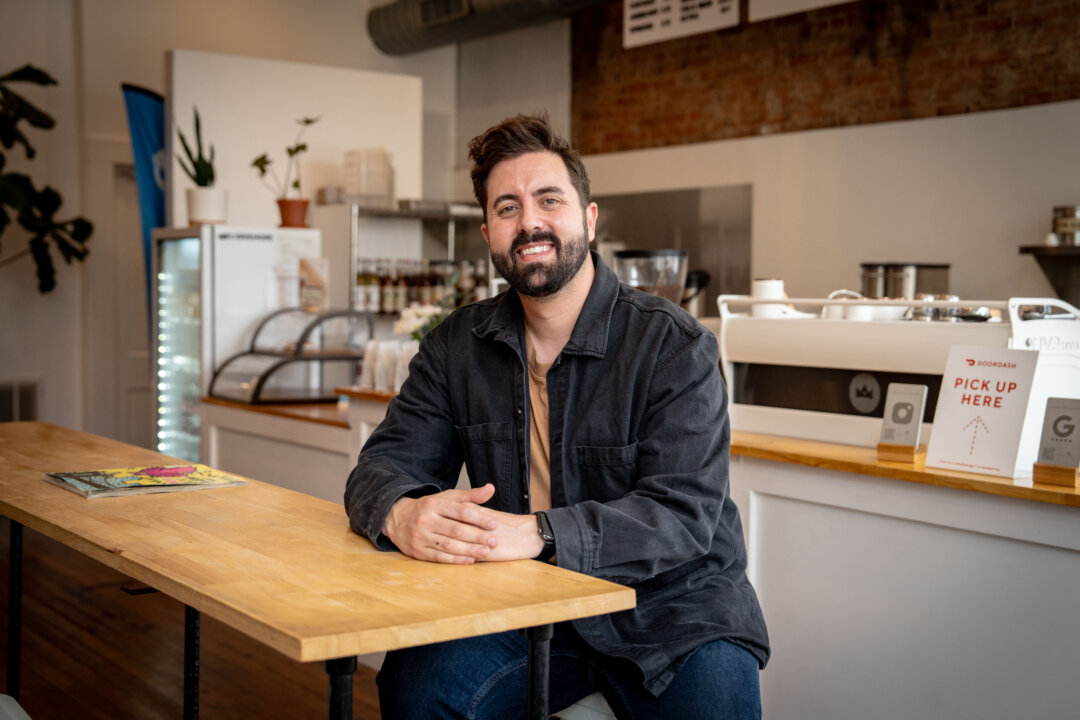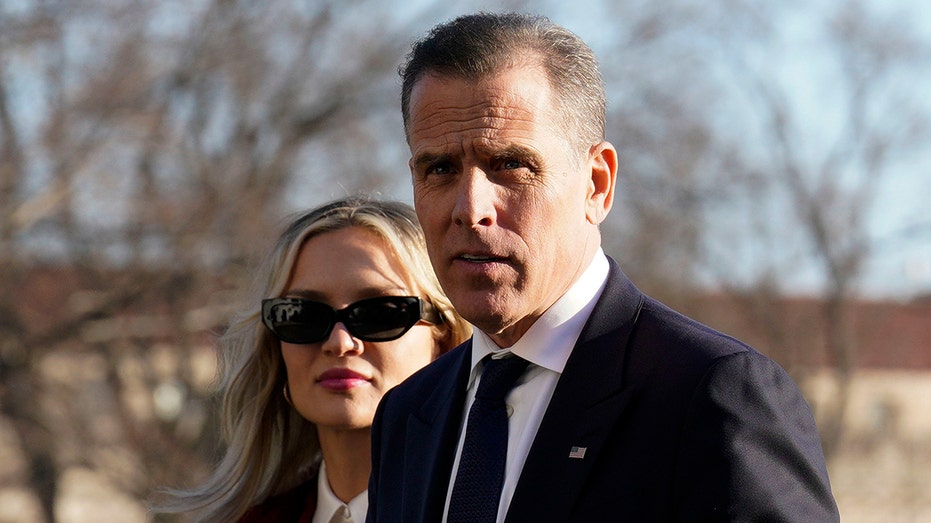Alberta was a sea of blue with a speck or two of orange and red in the 2025 federal election with the Conservatives picking up 34 of the 37 seats in the province. Throughout the five-week campaign, polls suggested there was a chance the federal Liberals would finally break through the long-time Conservative stronghold, but ultimately failed to do so. The final result of the federal election in Alberta ended with the Conservatives regaining two ridings held by Liberal and NDP incumbents.
Postmedia spoke to Colin Aitchison, Western Canada director at communications firm Enterprise Canada and a former UCP staffer, to discuss why the federal NDP and Liberals failed to break through in Alberta, the role of split votes and why the province remains predominantly blue. Why were the Conservatives so strong in Alberta this election? Canadians were expecting a tight race this federal election and, in Alberta specifically, several ridings were thought to potentially flip to the Liberal party. Aitchison said Conservative Leader Pierre Poilievre and his party were able to appeal to the “traditional” Alberta Conservative base.

He said Albertans have felt disenfranchised by the federal Liberals, despite a change in leadership with Liberal Leader Mark Carney and his positive reception from many Canadians. Over the years, some Albertans have felt federal policies are often geared towards Quebec or Ontario and feel that Liberal governments are not pro-energy or resource development — two industries that drive Alberta’s economy, according to Aitchison. “They often see election results, except for this time around, decided before they even start counting ballots in Alberta and they feel that their role in Canada’s Confederation, not to use Jason Kenney language, but they feel like they haven’t been getting a fair deal,” Aitchison said.
“I think that’s why we see time and time again, Conservative voters really coalescing and voting conservative federally, because they feel that that is the only party that will get those policies done rightfully or wrongfully.” Did the NDP and Liberals do enough to challenge the Conservatives in Alberta? The Conservatives picked up Calgary McKnight held by Liberal incumbent George Chahal but lost Calgary Confederation, which was scooped up by the Liberals’ Corey Hogan , defeating Conservative candidate Jeremy Nixon. In Edmonton Centre, Eleanor Olszewsk won for Liberals.
T he NDP held onto Edmonton Strathcona by re-electing Heather McPherson but lost Edmonton Griesbach to Conservative Kerry Diotte over incumbent Blake Desjarlais. According to Elections Canada, in Alberta the Conservatives snapped up 91.6 per cent of the votes, followed by the Liberals with 5.
2 per cent and the NDP with 2.7 per cent. When it comes to Edmonton Griesbach, Aitchison said vote splitting may have been at play in some ridings where the NDP held a commanding presence.
But he noted with the “collapse” of the NDP across Canada, vote splitting did not play a significant role in the outcome of the electoral results in Alberta. Aitchison said the Liberals did an effective job at holding onto Edmonton Centre and flipping Calgary Confederation, but the results for the NDP were a result of the party’s decline in popularity which was expected to cost them. He added Edmonton Strathcona has been a long-time NDP stronghold for both the provincial and federal NDP.
“I’m not sure I would say that those two parties did an effective job, because the polls leading up to the election did have five to seven seats at play that could have gone Conservative, Liberal or NDP and the Conservatives won all of them, except for two,” Aitchison said. What role does provincial politics play in a federal vote? Alberta NDP Leader Naheed Nenshi has been vocal about potentially separating from the party’s federal counterparts and Aitchison said there’s a large disconnect between the two parties, and support for the provincial NDP doesn’t necessarily transfer to the federal NDP. McPherson will be returning to Ottawa as the lone NDP MP from Alberta and one of seven NDP members of Parliament elected in Canada.
The party fell short of the 12 seats needed to keep party status and NDP Leader Jagmeet Singh stepped down after losing his seat in Burnaby Central. On the other hand, Aitchison said despite Premier Danielle Smith’s continuous appearance in the media with trips to the U.S.
in efforts to fight U.S. President Donald Trump’s threat of tariffs, those actions haven’t changed the dynamic of the Conservative base and have only spurred those who were already supportive of the federal party.
“I think her supporters in Alberta, which very much overlap with the Conservative Party of Canada, see (her going to the U.S.) as a positive.
They see her standing up for Canada at a time when the ballot question in this election was who’s best to navigate Donald Trump,” Aitchison said. [email protected] @kccindytran RelatedPremier Danielle Smith calls on PM Mark Carney to 'reset' Ottawa-Alberta relationshipFederal Election 2025: Edmonton and Alberta results by riding | National seat counts Bookmark our website and support our journalism:Don’t miss the news you need to know —addEdmontonJournal.
comandEdmontonSun.comto your bookmarks andsign up for our newsletters.You can also support our journalism by becoming a digital subscriber.
Subscribers gain unlimited access to The Edmonton Journal, Edmonton Sun, National Post and 13 other Canadian news sites.The Edmonton Journal|The Edmonton Sun.
Politics

Alberta remained a Conservative stronghold in the federal election, what happened to the Liberals and NDP?
















